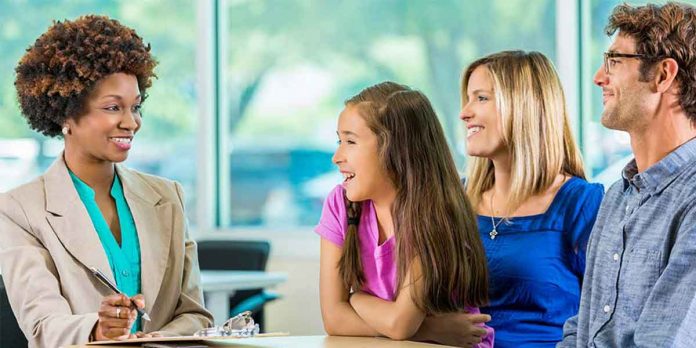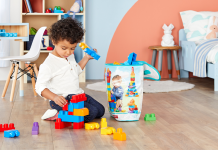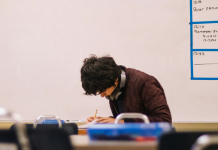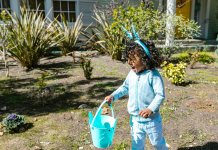As a parent, you know your child better than anyone else. Your child also spends a considerable amount of time at school and in the care of educators and therapists, so it makes sense to invest time and energy in this relationship, right?
Easier said than done for many, perhaps due to time, physical distance, accessibility, and resources. But for others it may be that they have not necessarily chosen this partner to enter into a relationship with – namely the school, the therapy team and/or
the child’s teacher.
“Positive connections between parents and teachers have been shown to improve children’s
academic achievement, social competencies, and emotional well-being. When parents and teachers work as partners, children do better in school and at home.” – Sheridan, S.
While the relationships your child forms with peers are important, the most significant relationship in a child’s school success and development, is the one you form with his or her teacher, and the school itself. Karen Archer, the deputy principal and director of
Bellavista S.H.A.R.E., has been fortunate enough to play the role of both partners in this parent-school relationship – as a mother and a professional in the school environment.
Archer loves the analogy of dancers that Janice Fialka (2001) uses when referring to this partnership: “Each dancer, professional and parent, contributes to the understanding of the child. Our unique contributions evolve and build on each other as we offer differing sides and perspectives about the child.”
When everybody is working together in the best interests of your child, your child will feel contained and empowered, knowing that the most significant role players in their life have come together for them, keeping their interests at the forefront of their journey.
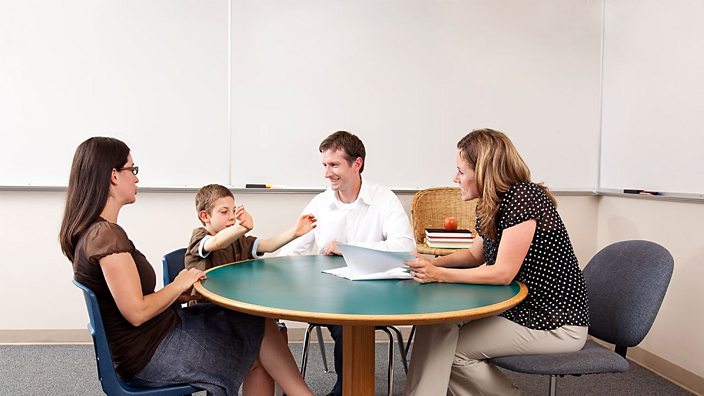
Research shows that your child is likely to reap academic and social benefits, such as regular school attendance and positive school results. This leads to a positive attitude towards school, a sense of well-being and dedication to learning. Your child is likely to also demonstrate better social skills, fewer behavioural problems, and a greater ability to adapt to situations.
The “Three C’s”: communication, consistency and collaboration” is a lovely way to frame your role as a parent:
Communication: The first is communication between home and school. Like any relationship in life, communication between you and your child’s teacher is key and is best approached face-to-face in a calm, non-judgmental and positive manner.
Consistency: Consistency refers to the opportunities and experiences you provide at home to support your child’s learning. Children thrive with structure and routine that is predictable and relevant to their needs.
Collaboration: The third component of partnering is collaboration. Collaboration will be easier if communication is frequent, and you consistently create opportunities for your child’s learning where all stakeholders are involved in the partnership.
As children enter high school and develop more independence, many parents feel the need to give their adolescent space and are often less involved in their school life. They’ll probably have less physical involvement with the school, but can maintain a supportive environment for education at home.
Archer urges you continue to keep the lines of communication open with the school, and to foster the relationship in a different manner. This might involve simply talking about the school day or schoolwork with your child, discussing career plans and ambitions, or talking through the links between your child’s schoolwork and future goals.
In conclusion, a new school year is the perfect time to reach out to your child’s teacher and begin establishing a positive, collaborative relationship that will have a remarkable impact on your child’s learning and development.
Archer ends with this beautiful piece from Janice Fialka’s 2001 article, ‘The
Dance of Partnership: Why do my feet hurt? Strengthening the parent-professional partnership’: “I believe that if parents and professionals are to be effective in creating marvelous opportunities for our children, then both sets of partners must carve out time to get to know each other’s dreams, hopes, fears, constraints, and perspectives. We must take off our own sets of headphones and be willing to hear each other’s music, with special attention to, and inclusion of, the parent’s music and unique dance steps. To truly get to know the child, we must also get to know each other, not just as parents and professionals (more labels) but as people. This is hard work requiring patience, trust, and lots of getting to know each other, as well as ourselves. It is one of the most significant ways that we can make a difference in the lives of our children who are indeed the star dancers of this
relationship.”
For more information, visit www.bellavista.org.za

